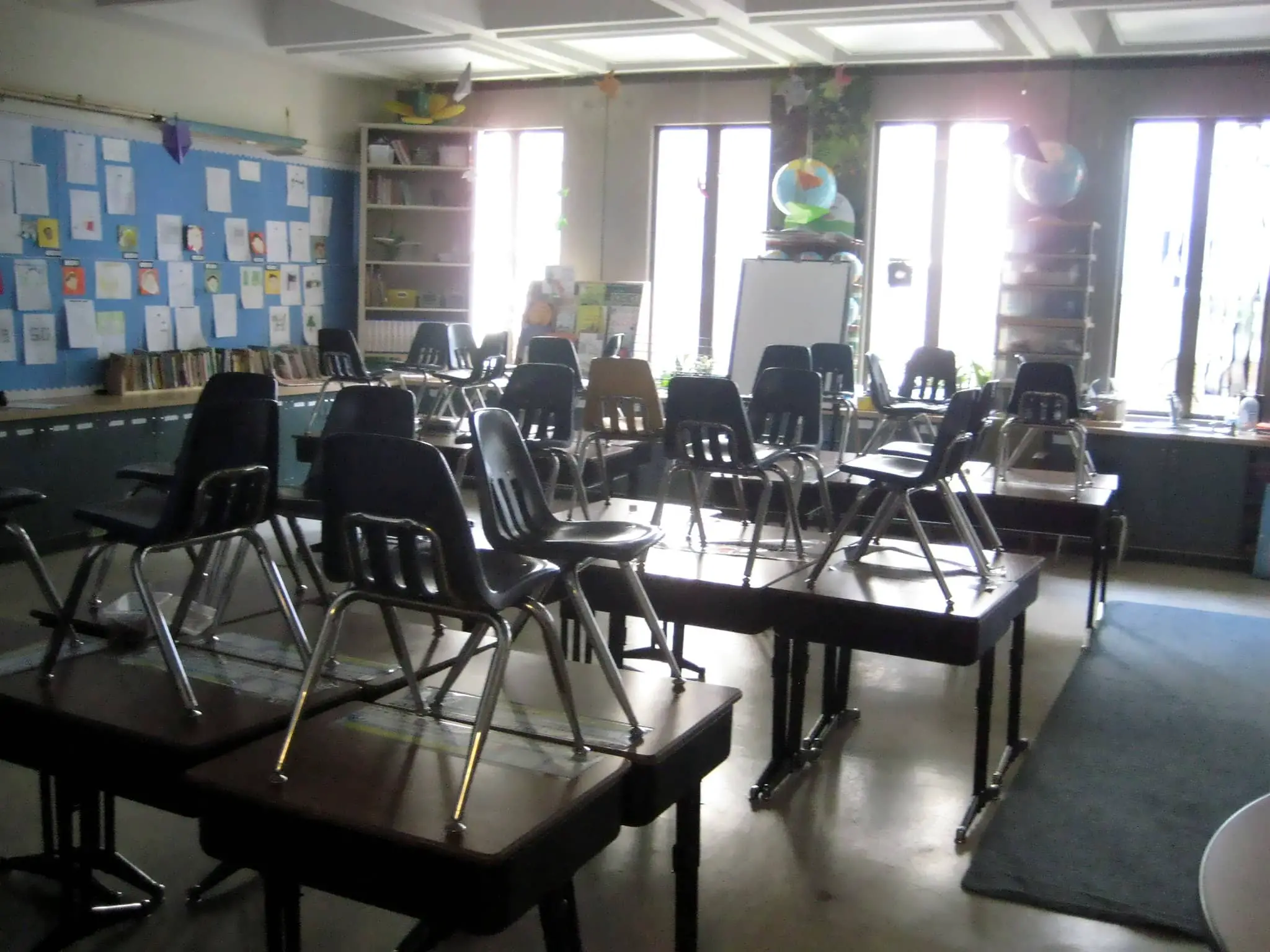An answer to the problem of too many pupil places is being sought by the Isle of Wight council.
Instead of closing schools, the council has approached schools asking them to lower their pupil admission numbers (PAN), due to a lack of children enrolling.
But school leaders think this is not enough and are still calling for primary schools to close.
Call for a quarter of primary schools to close
Previously, a group of headteachers and governors called for a quarter of primary schools to close.
The number of births on the Island has reached its lowest since 1941 — when the country was at war — and there is a significant decline in pupil numbers forecast in the next five years.
At risk of ‘spiralling decline’
In primary schools, the number of pupils should drop from 9,200 in 2017 to 8,000 in 2025, but in secondary schools it is set to grow by 400 in the same timeframe.
Having some surplus places allows flexibility the council says, but too many can have severe consequences and when schools are disproportionately affected by falling pupil numbers, they are at risk of ‘spiralling decline’.
School closures should be avoided wherever possible
The Isle of Wight council cabinet has made it clear school closures should be avoided wherever possible and there should be local schools for local children, that are educationally and financially sustainable in the longer term.
Andre: Action is needed in primary schools
Cllr Debbie Andre, education cabinet member, has previously said she was confident a model existed to support smaller schools.
Now a council report, to determine a way forward, has said action is needed in primary schools to ensure demand and capacity are aligned and schools continue to provide the best outcome for children.
Four schools asked to lower admission numbers
Council officers presented to headteachers and governors the forecast data for pupil numbers.
So far, four primary schools — Oakfield, Barton, Godshill and Wroxall — have asked to lower their PAN.
Further meetings were held with other primary schools that would have a significant number of surplus places by 2024, including Broadlea, Bembridge, Niton and Greenmount.
School leaders: More radical steps needed
However, school leaders felt more radical steps were needed than just reducing pupil numbers — including school amalgamations and closures — and were frustrated the council was over-relying on PAN reductions as the main strategy.
Letter to the council
Earlier in the year, a letter from school leaders and governors was sent to the council, calling for the closure of up to a quarter of primary schools.
In it, they said the council was opting for quantity over quality and were not concentrating on providing enough resources to enhance provision.
Chillerton decision criticised
It followed the Alliance administration’s decision to keep open Chillerton and Rookly Primary School which — while it pleased families in the villages — was criticised by headteachers.
They said the likelihood was that the ‘good reputation of Island education would dwindle away’ and that the choice of ‘form over substance — a few popular votes over children’s education’ would be the Alliance’s legacy.
This article is from the BBC’s LDRS (Local Democracy Reporter Service) scheme, which News OnTheWight is taking part in. Some alterations and additions may have been made by OnTheWight. Ed





